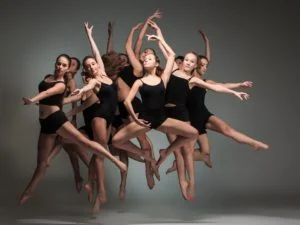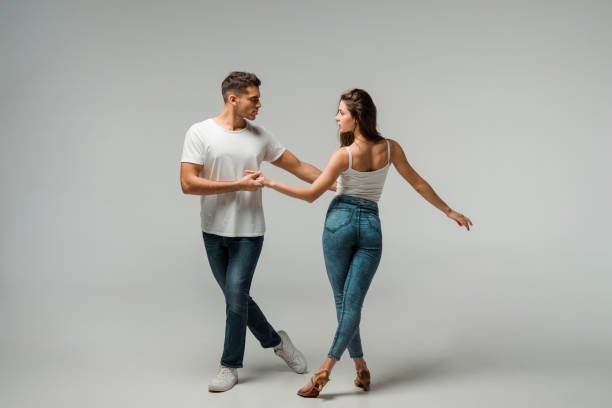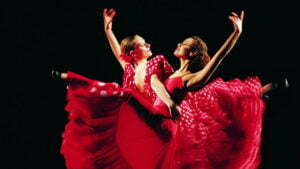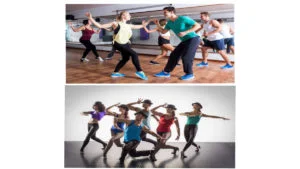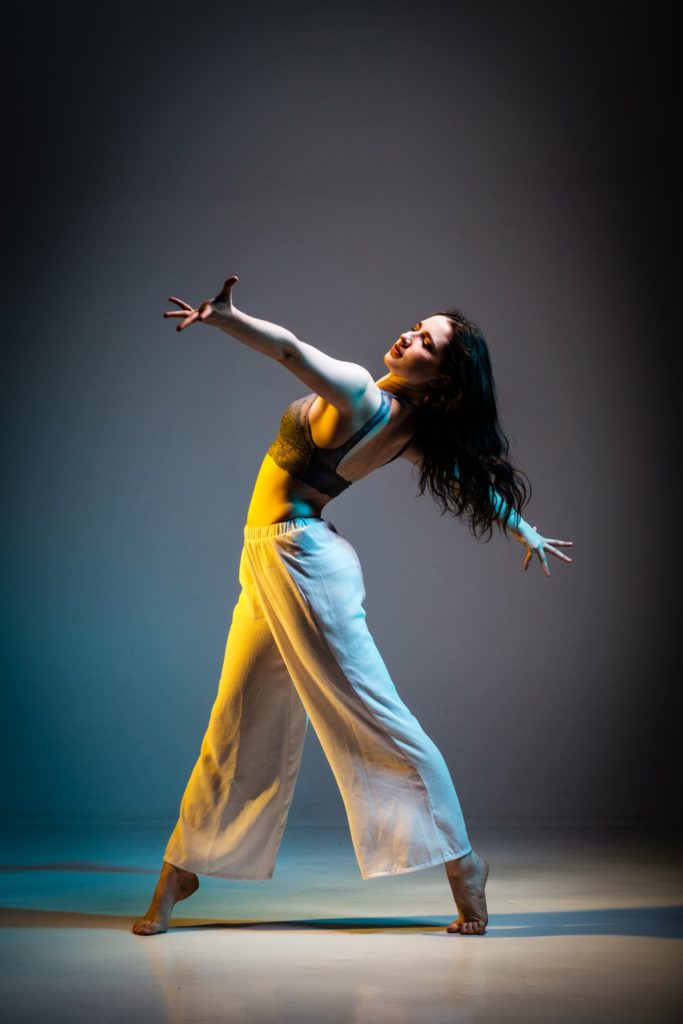What is Salsa Dance?
Salsa is a Caribbean and African-inspired dance and musical form. It is extremely popular throughout practically all of Latin America, as well as among Latino communities in the United States. This dance has gained popularity in Europe and Asia in recent years. Salsa dancing is a global dance that can be found in almost every major city on the planet.
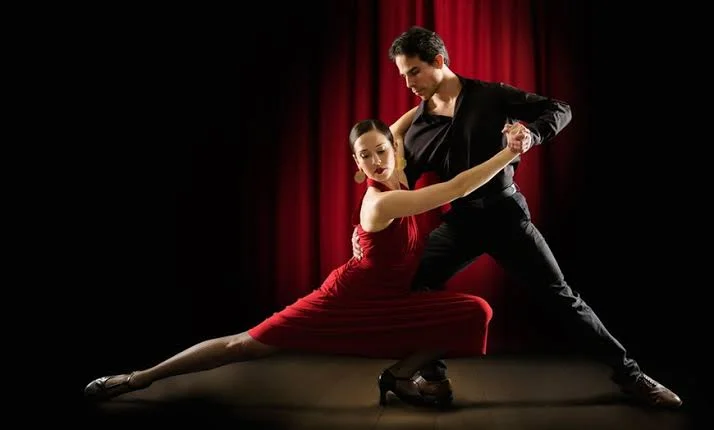
Annual festivals, known as Salsa Congresses, are conducted in various host locations. It’s aim is to draw a diverse group of salsa dancers from other cities and countries. These gatherings bring dancers together. They share their love of the art form, form communities, and share routines and tips.
It is a fusion of Cuban dances like mambo, pachanga, and rumba and American dances like swing and tap. As a result, it’s difficult to categorise Salsa as belonging to a single culture, and it has its own distinct flavour. For every four beats of music, the basic Salsa dancing rhythm is to take three steps. The odd number of steps gives salsa dancing its rhythmic patterns and ensures that it takes eight beats of music to loop back to a new set of steps.
Salsa’s international popularity peaked in the 1970s, although it still has a following in the 21st century. This lively and joyful dance is the most popular of all Latin dances since it is simple to learn and suitable for people of all ages and talents. Salsa dancing involves a lot of quick turns, thrilling footwork, rhythmic hip motions, and upbeat music. Perhaps you’ve seen it before, or even tried it yourself.
Therefore, Podium, brings to you this quick reference on the origins, history, and current trends in the thrilling and unique world of salsa dancing!
Salsa Dance Origins
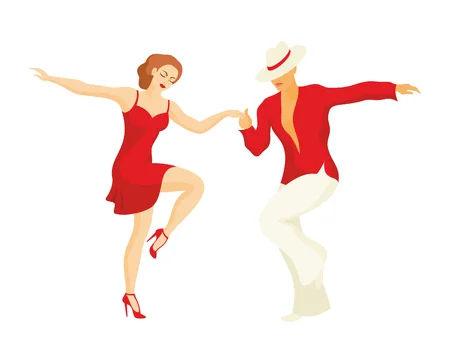
While salsa dancing did not originate with a specific person or region, a large portion of the dance originated in Cuba. The name “salsa” came into origin in New York in the 1960s. It refers to both the popular musical style and the accompanying dance. According to some music and dance historians, the term “salsa” has the same meaning as “sauce,” referring to the combination of ingredients used in the creation of this dance.
Salsa dancing techniques became increasingly standardised after schools began setting up to teach pupils how to dance according to a predetermined curriculum. Eddie Torres was one of the first and most influential salsa instructors. Many of the motions of salsa dancing comes from previous types of Latin dance. These include mambo, cha cha cha, and pachanga, as well as other popular dances at the time like swing dance.
Today there are many various styles of salsa dancing because of geographical dispersion and cultural intermixing. It can be improvised or performed with a set routine, choreography and freestyle.
Check out a mesmerizing performance of salsa dance here!
Basic Movements in Salsa Dance
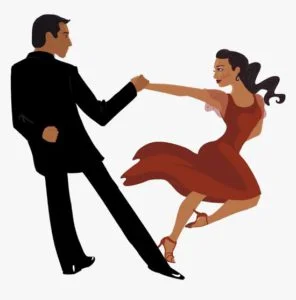
Salsa dancers can be as smooth and enthusiastic as the music. Regardless of style, there are a few aspects that have always been part of the basic salsa steps:
- It is usually a partnered dance with a lead and follow, dancing using improvisation of various movement combinations.
- The beat of Salsa music is 4/4, yet each measure has three weight changes. What happens during that extra beat is one of the things that separates the various styles of the dance.
- While the body’s weight shifts, the upper torso remains almost motionless. This means that the majority of the movement mainly focusing in the hips, which is how the term “Cuban Motion” came in association with this Latin dancing style.
- While salsa’s music is unique, the moves are often derivative of other partner dances such as the tango, the mambo, the rhumba, or even swing dance .
Types and Styles of Salsa Dance

As traditions change and cultures blend together, salsa continues to evolve. There are numerous characteristics that can be used to identify a style. Different step patterns, timing of steps, specific movement on the dance floor, dancer preference of turns and moves, attitude, and other factors may exist. The following are brief descriptions of major “recognisable” styles.
Los Angeles style
The forward–backward basic step and the cross-body lead are two essential elements of this dance. LA style salsa is dancing on a line or “slot” with dancers exchanging positions throughout the dance. In this pattern, the leader takes one step forward, two steps to the right, and three steps to the left while turning 90 degrees counter-clockwise (facing to the left), leaving the slot open. The follower then takes a step forward on 5-6 and a turn on 7-8, while the leader takes another 90-degree counter-clockwise and forward step, returning to the slot. The couple turn 180 degrees in total, with the follower and leader swapping places.
Cuban style
Casino, a popular Cuban dance, became famous as Cuban-style salsa or Salsa Cubana in Cuba. Dancing Casino is a prominent social culture expression. Casino is seen by Cubans as a social and cultural activity centred on their popular music.
In contrast to later forms of salsa, no steps are taken on the first and fifth beats of each clave pattern, while the fourth and eighth beats are emphasised. Rather than following a beat, the dancers contribute to the polyrythmic pattern of the music through their movement.
Colombian / Cali style
Cali is home to the world’s largest number of salsa schools and teams. Many of the competitions are held in Colombia. The footwork, which includes short, rapid movements and skipping motions, is the main aspect. Their delicate and precise footwork continues to assist several Colombian Style dancers in winning major global championships. Cali-Style Salsa gets its influence dances to Caribbean rhythms, such as Pachanga and Boogaloo, which came before salsa.
New York style
Similar to LA style salsa, New York style salsa is a straight version of salsa in which dancers dance in a slot. It is danced on the second beat of the music, and the follower, not the leader, steps forward on the first measure of the music. There is also a stronger emphasis on executing “shines”. The dancers separate themselves and dance alone with sophisticated footwork and styling. This phenomenon has its roots in Swing and New York Tap.
Final Thoughts on Salsa Dancing
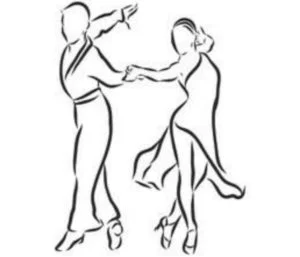
There are many more salsa styles than we have room to discuss here, but suffice it to say that the variety provides for excellent self-expression as well as possibilities to learn new dancing techniques.
Thus, Podium School welcomes young dancers to join our live contemporary dance programme. As you tiptoe with those twinkle toes to find yourself through dance, we guarantee that your free feet will explore new grounds.
We hope you will join us on this adventure and assist your child in developing awareness through dance. Enroll your children in one of Podium’s unique programmes right now!
For more updates regarding various aspects stay on board with us on Podium Blog and don’t forget to checkout our newest archive on 7 Greatest Indian Chess Grandmasters of all time!
Share with your friends

